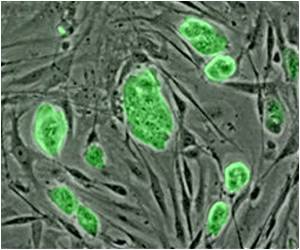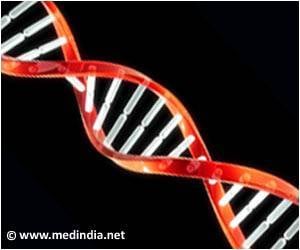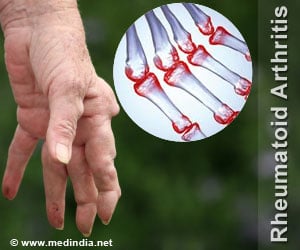A super-coated scaffolding developed by scientists was found to improve stem cell technology to cure some of the world's incurable diseases and conditions.

But how to encourage stem cells to turn into the particular type of cell required to treat a specific disease is the problem that scientists are facing now.
Now researchers at the University of Manchester's School of Materials and Faculty of Life Sciences have developed a web-like scaffold, coated with long-sugar molecules, that enhances stem-cell cultures to do just this.
The scaffold is formed by a process known as 'electrospinning', creating a mesh of fibres that mimic structures that occur naturally within the body.
The team's results are particularly promising, as the sugar molecules are presented on the surface of the fibres, retaining structural patterns important in their function. The sugars are also 'read' by the stem cells grown on the surface, stimulating and enhancing the formation of neuronal cell types.
"These meshes have been modified with long, linear sugar molecules, which we have previously shown play a fundamental role in regulating the behaviour of stem cells. By combining the sugar molecules with the fibre web, we hoped to use both biochemical and structural signals to guide the behaviour of stem cells, in a similar way to that used naturally by the body. This is the Holy Grail of research into developing new therapeutics using stem cell technology," said lead author Dr Catherine Merry, from Manchester's Stem Cell Glycobiology group.
Advertisement
Possible applications include tissue engineering, where the meshes could support cells differentiating to form bone, liver or blood vessels, for example.
Advertisement
Co-author Professor Tony Day, from Manchester's Wellcome Trust Centre for Cell-Matrix Research, said: "This cross-faculty collaboration provides exciting new possibilities for how we might harness the adhesive interactions of extracellular matrix to manipulate stem cell behaviour and realise their full therapeutic potential."
The team's results were presented in the Journal of Biological Chemistry.
Source-ANI












